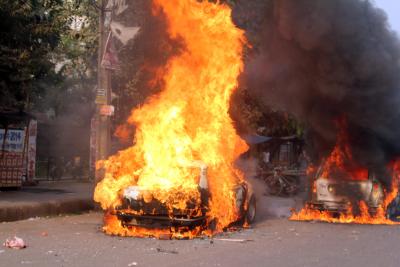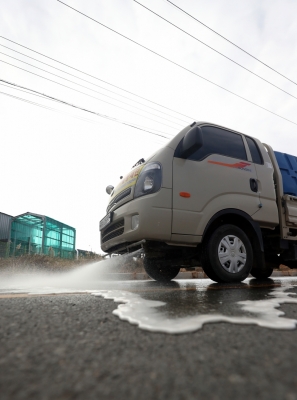
Tallinn, Dec 12 (IANS) The Estonian parliament, Riigikogu, has passed a government-proposed bill to introduce a security tax aimed at bolstering the country’s defence capabilities.
The security tax includes three key components: first, the value-added tax, or VAT, will increase by 2 percentage points starting in the middle of 2025; second, the personal income tax rate will also rise by 2 percentage points, with the change taking effect at the beginning of 2026; finally, a new corporate profit tax, set at 2 percent, will also be implemented starting at the same time as the personal income tax increase.
Under the new law, the VAT rate will increase to 24 per cent from July 2025, and the personal income tax rate will also rise to 24 per cent starting in 2026, Xinhua news agency reported.
The Ministry of Finance estimates that the new tax will generate additional budget revenue of 113 million euros (119 million US dollars) in 2025 and 751 million euros in 2026. Details regarding the allocation and use of these funds will be outlined in the 2025 state budget and the 2025-2028 budget strategy.
The bill was passed in Riigikogu on Wednesday, with 53 votes in favour and 27 against.
The Estonian Parliament has also approved the 2025 state budget, setting revenues at 17.7 billion euros (18.5 billion US dollars) and expenditures at 18.2 billion euros (19.1 billion US dollars).
The budget passed its third reading with 56 members voting in favor and 29 against.
In 2025, revenues are projected to increase by 0.9 billion euros (0.94 billion US dollars) or 5.2 per cent compared to 2024, while expenditures are expected to rise by 0.6 billion euros (0.63 billion US dollars) or 3.5 per cent. The budget allocates 1.9 billion euros (2 billion US dollars) for investments and investment support.
Defence spending is set to account for 3.3 per cent of the gross domestic product (GDP). Planned investments include initiatives in the defence industry, information technology, Rail Baltica construction, road infrastructure, building renovations, and renewable energy adoption.
–IANS
int/as




